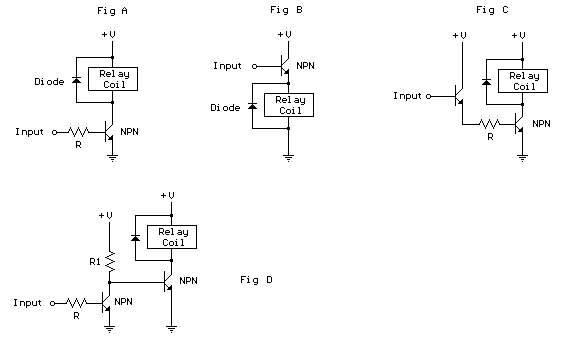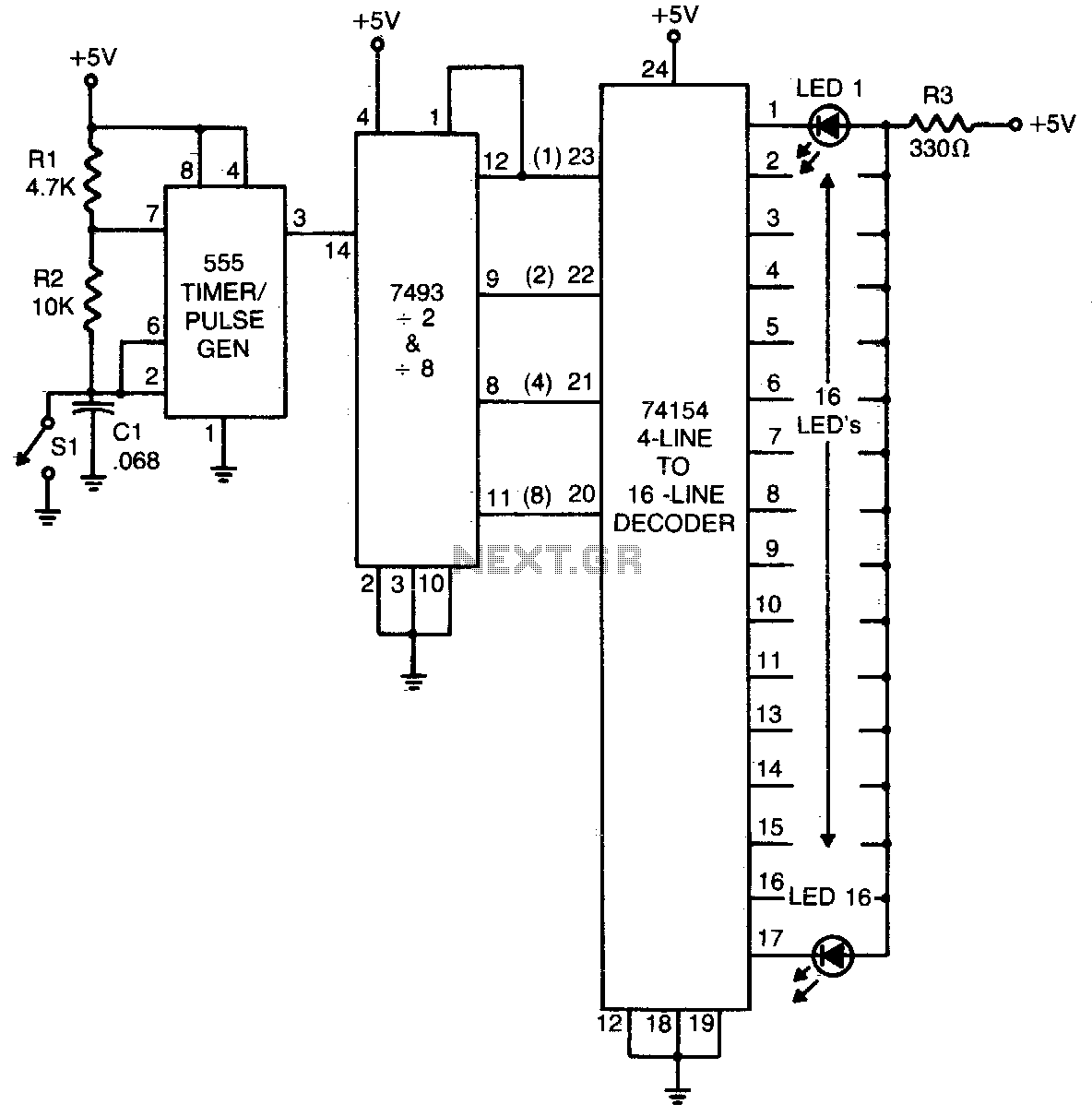
water sensor alarm circuit using ic

This circuit is a simple musical alarm that generates a tone when water or another conductive liquid touches the two sensor wires provided. It utilizes four transistors and a melody generator integrated circuit (IC) M3482. When water bridges the sensor wires A and B, the lower terminal of Q1 connects to the negative supply, allowing current to flow. This activation turns on transistors Q2 and Q3. With Q3 in the ON state, power is supplied to the music generator circuit, which begins to produce a sequence of 12 distinct melodies. The music continues to play as long as water remains in contact with the sensor wires. A potentiometer (POT) R12 is included in the circuit as a volume control.
The musical alarm circuit operates based on the principle of conductivity detection. The two sensor wires (A and B) are strategically positioned to detect the presence of water. When a conductive liquid completes the circuit between these two points, it triggers the activation of transistor Q1. This transistor acts as a switch that connects the ground to the base of Q2 and Q3, thereby turning them ON.
Transistor Q2 serves as a current amplifier, ensuring that sufficient current flows to Q3. The role of Q3 is critical, as its activation provides the necessary power to the melody generator IC M3482. This IC is designed to produce a variety of melodies, and it is pre-programmed to cycle through 12 different tunes. The output of the IC is connected to a speaker or buzzer, which converts the electrical signals into audible sound.
The use of the potentiometer R12 allows for user-adjustable volume control, enabling the user to set the desired sound level of the alarm. This feature enhances the usability of the circuit in various environments, catering to different sound requirements.
In summary, this circuit effectively combines simple electronic components to create an engaging musical alarm system that activates in the presence of water, making it suitable for applications such as leak detection or as an alert system in wet environments. The design is straightforward, making it accessible for hobbyists and those interested in learning about basic electronics.This is a simple musical alarm circuit that produces a musical tone when water or some conducting liquid comes in contact with the 2 sensor wires provided. The circuit relies on four transistors and one melody generator IC M 3482. When water comes in contact with the sensors wires A & B, the bottom of Q1 gets connected with the negative and it con
ducts. This makes Q2 and Q3 ON. When Q3 is ON the power is offered for the music generator circuit and it starts producing 12 completely different melodies one after another. The music continues as long as there`s water between the sensor wires. The POT R12 will be used as a volume controller. 🔗 External reference
The musical alarm circuit operates based on the principle of conductivity detection. The two sensor wires (A and B) are strategically positioned to detect the presence of water. When a conductive liquid completes the circuit between these two points, it triggers the activation of transistor Q1. This transistor acts as a switch that connects the ground to the base of Q2 and Q3, thereby turning them ON.
Transistor Q2 serves as a current amplifier, ensuring that sufficient current flows to Q3. The role of Q3 is critical, as its activation provides the necessary power to the melody generator IC M3482. This IC is designed to produce a variety of melodies, and it is pre-programmed to cycle through 12 different tunes. The output of the IC is connected to a speaker or buzzer, which converts the electrical signals into audible sound.
The use of the potentiometer R12 allows for user-adjustable volume control, enabling the user to set the desired sound level of the alarm. This feature enhances the usability of the circuit in various environments, catering to different sound requirements.
In summary, this circuit effectively combines simple electronic components to create an engaging musical alarm system that activates in the presence of water, making it suitable for applications such as leak detection or as an alert system in wet environments. The design is straightforward, making it accessible for hobbyists and those interested in learning about basic electronics.This is a simple musical alarm circuit that produces a musical tone when water or some conducting liquid comes in contact with the 2 sensor wires provided. The circuit relies on four transistors and one melody generator IC M 3482. When water comes in contact with the sensors wires A & B, the bottom of Q1 gets connected with the negative and it con
ducts. This makes Q2 and Q3 ON. When Q3 is ON the power is offered for the music generator circuit and it starts producing 12 completely different melodies one after another. The music continues as long as there`s water between the sensor wires. The POT R12 will be used as a volume controller. 🔗 External reference





